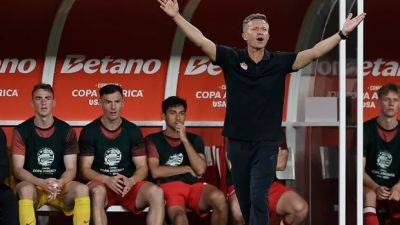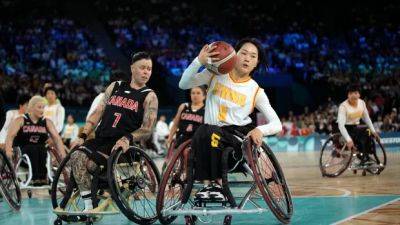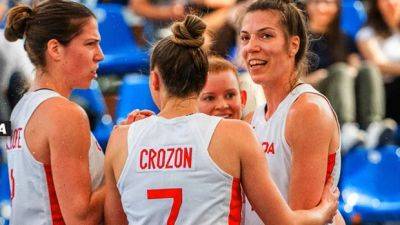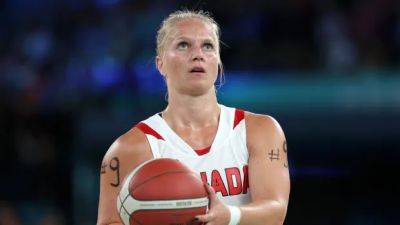A pair of Canadian athlete-engineers is using technology to their advantage at the Paralympics
A wheelchair racer whips around the track, arms burning in the push for the finish line. A cyclist flies through the velodrome, teetering on the edge of collapse.
In both Paralympic events, lives can change in a matter of seconds.
"It is human NASCAR at some level," says Canadian wheelchair sprinter Austin Smeenk. "We're going in a circle trying to see how fast we can do it and optimizing everything to do it as efficiently and effectively as possible. It's the real deal."
In able-bodied sprinting, an athlete's sole focus is on his or her body, with the goal of obtaining peak fitness for the biggest races.
But wheelchair racing introduces a whole other element – the wheelchair itself.
Now, suddenly, there are two areas for optimization.
Smeenk, the 27-year-old from Oakville, Ont., broke through with his first two major medals, a silver and a bronze, at last year's world championships. In June, Smeenk set the world record in the men's T35 800- and 400-metre races – accomplishing the latter three separate times.
The two-time Paralympian also holds an electromechanical engineering degree, which makes him acutely aware of how his wheelchair works in concert with his body.
And while Smeenk says it is mainly the athlete that controls speed, a properly built wheelchair can be the difference between reaching the podium or not.
"We continue to use the analogy of you take the same race car and make it lighter, it's going to go faster. Force equals mass times acceleration; less mass equals more acceleration. So we really honed in that racing chair to be as minimalistic as possible," Smeenk said.
Smeenk moved to Victoria two years ago to train at the Athletics Canada West Hub at Camosun College, where he works closely with the








